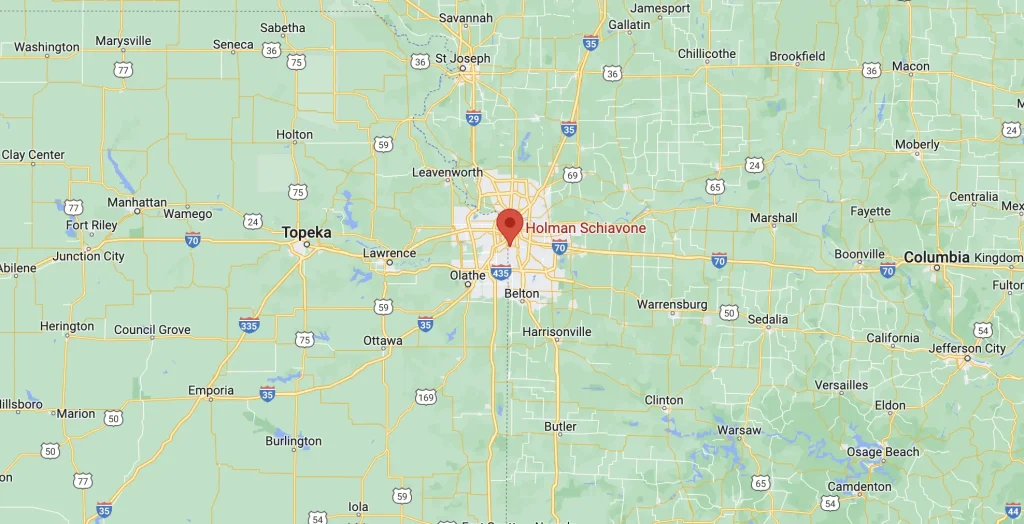Novelty motorcycle helmets are appearing in greater numbers as non-certified manufacturers generate many new models and unusual styles. A novelty helmet is one that may carry a specific theme or unusual design with the intent of giving the rider a unique appearance. The problem with these non-certified helmets is that they give the rider a sense of security that may not exist. Head trauma injury is the number one critical damage that a rider can suffer in a motorcycle accident and these novelty helmets do not prevent it.
Helmet manufactures that sell protective headgear for the intent of motorcycle riding must have certifications through a variety of organizations. The one certifier that is essential is that of the Department of Transportation. A helmet that meets these criteria will exhibit the DOT sticker on the back of the helmet and is visible for law enforcement purposes. Without this sticker, it would be highly questionable as to the ability of the helmet to offer protection and would certainly not meet the requirements of states with helmet laws. Snell and ANSI (America National Standards Institute) are organizations that test helmets for compliance and durability during accidents. These standards will be in tandem with the DOT certification and should be labeled in obvious locations on the inside of the helmet.
As with any law, novelty providers of helmets have figured a way around this certification. There have been reports of manufacturers or retailers supplying a DOT sticker that appears identical to the true certification sticker. While this gives the appearance of complying, it does not help with the actual ability of the helmet to protect.
There are characteristics of a modern helmet that will help in identifying whether it is an approved helmet or at least one that may offer some protection. Aside from the certification stickers, the helmet should typically be 1 inch thick with a foam liner. The quality of the helmet should be evident as well. A proper chinstrap will have durable straps, sound rivets or attachment points and a clasp or buckle point that is strong and difficult to detach by accident. Novelty helmets by definition are not to be worn for protective purposes and therefore quality issues are not addressed adequately.
Motorcycle riders should carefully consider the head gear that they wear. Ineffective helmets can give a false sense of security while offering little in case of an accident. Serious head trauma can limit or end a life and may have been preventable by a DOT certified helmet. Novelty helmets typically do not offer this security.
Novelty Motorcycle Helmets May be Dangerous
Share on:
Facebook
Twitter
LinkedIn
Categories
- Blog (51)
- Car Accidents (101)
- Employee Rights (142)
- Employment Law (24)
- Medical Malpractice (33)
- Motor Vehicle Accidents (4)
- Motorcycle Accidents (2)
- Motorcycle Accidents (10)
- NONE (2)
- Personal Injury (64)
- Products Liability (7)
- Sexual Harassment (86)
- Truck Accidents (28)
- Uncategorized (98)
- Wage And Hour Laws (88)
- Workplace Discrimination (163)
- Wrongful Termination (92)


